A Beginner’s Guide to Different Valve Types
There are now 6 official branches of engineering and hundreds of subcategories beneath them. The engineering knowledge out there is wide and varied, but a basic understanding of the main types of valves is valuable in almost any field of the profession.
For those who are unfamiliar with the different valve types, or who simply need a little refresher, here’s a simple breakdown.
Valve Types in a Nutshell
In the most simple of terms, valves control the flow of fluids. Valve types can be broken into two basic categories: control valves, and shut-off valves.
Types of Control Valves
In a control loop, these valves act as the correcting element. There are hand-operated control valves, but typically they work automatically. Examples include ball and plug valves, needle valves, butterfly valves, and check valves to name a few.

1. Needle Valve
When you have tiny piping with a small diameter, needle valves provide accurate control of the fluid flow.
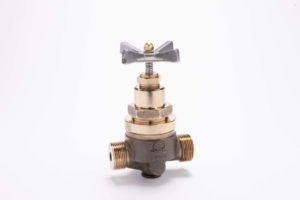
2. Pinch Valve
Sometimes known as the clamp valve, the pinch valve uses a rubber tube and clamp to help control fluid flow. Pinch valves work best at controlling fluids with suspended solids.
3. Ball Valve
Ball valves are fast-acting. A ball-shaped disk controls the fluid flow with when the fluid valve is turned 90 degrees.
With a quarter-turn, the rotary motion valve opens and closes as the ball-shaped disk allows fluid to flow through.
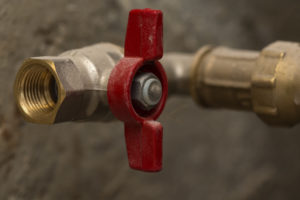
4. Check Valve
In pipes, check valves stop backflow. Fluid pressure opens the valve. The genius of the check valve is that it closes if any fluid reverses the wrong direction.
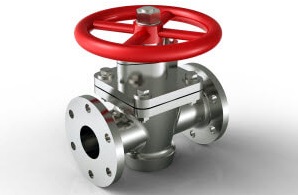
5. Plug Valve
As the name indicates, a plug valve stops the flow of fluids through a pipe by blocking them with a cylindrical plug. Like the ball valve, this occurs through rotary motion.
Plug valves are offer ultra-tight shut-off in high-pressure, vacuum and high-temperature situations.
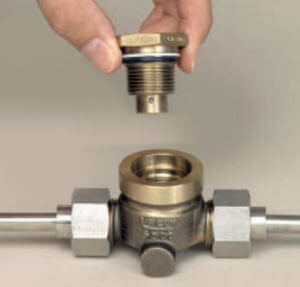
6. Butterfly Valve
Butterfly valves are a bit more complex as they can start, stop, and control flow. They are light and small, making them useful in big valve applications as they don’t take up as much space.
Types of Shut-off Valves
Also known as “gate valves,” shut-off valves don’t control flow. Like control valves, they can be operated by hand or automatically. Shut-off valves have only two options, on or off.
They either allow full flow of a fluid or none at all.
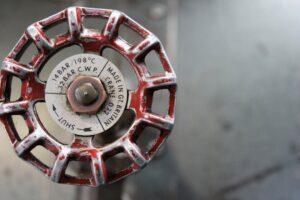
1. Pressure Relief Valve
Pressure relief valves release the vacuum/pressure to protect other equipment in case too much pressure builds up.
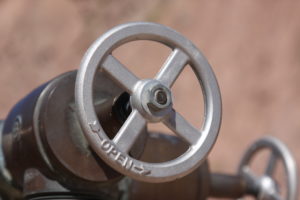
2. Globe Valve
Globe valves work well at shutting off fluid flow where leak tightness is essential. Slightly more expensive than gate valves, they are more effective at shut-off.
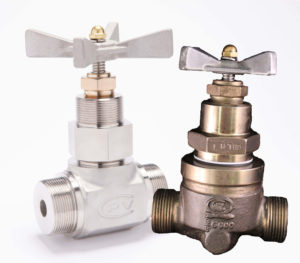
3. Gate Valve
In processing plants, gate valves are the most common. Gate valves are linear and provide effective shut-off. They remain either totally open or closed.

How to Choose the Right Valve
Having a basic understanding of valve types will help you select the valve the best suits your needs.
Of course, having professional assistance in determining what valves will be most effective for your pipping is always wise. Contact our experienced team of professionals today for a consultation.

